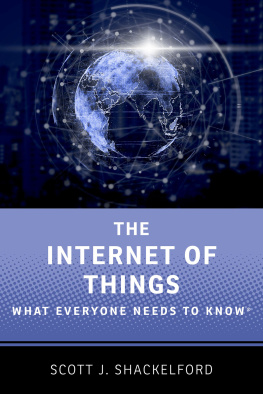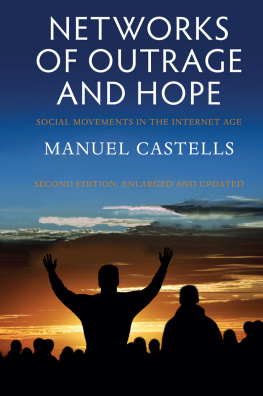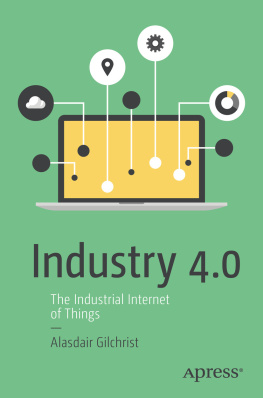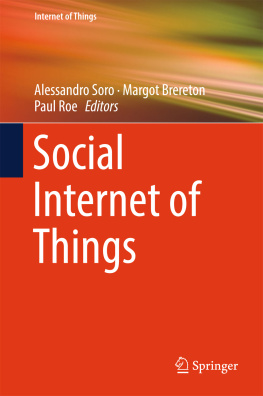Table of Contents
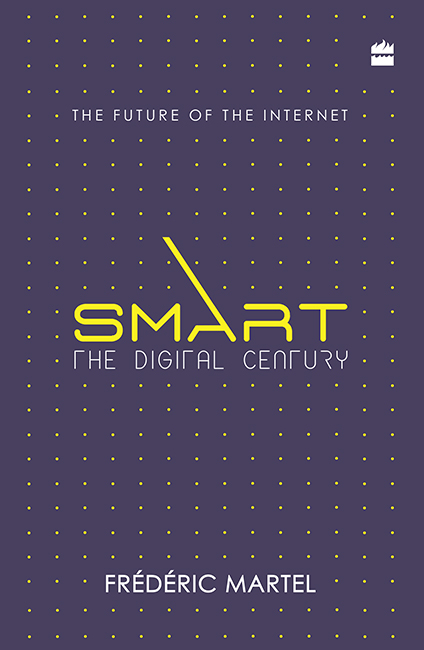
SMART
The Digital Century
FRDRIC MARTEL
TRANSLATED BY SINDHUJA VEERARAGAVAN

CONTENTS
T oday, Internet cafs are not fashionable any more. They all tend to close down. For, today, everybody has Internet at home. Also, people go to cafs where they can get free Wi-Fi, says Bashar. With its logo of four small at signs denoting the Internet, Login Caf sits in a quiet place in the city centre, bordered by trees and blooming flowers. And on the menus of this narrow bar of two floors, one can find, written in red letters in English: Like Us on Facebook. And on the coasters: Log to your mood. This web slogan summarizes the general optimism of this space that attracts the local youth. As a caf and Internet caf, Login is the place to go to browse the Internet, order a cheeseburger or an apple strudel, get an Oreo Milkshake or guava juice. They dont serve alcohol.
Even if the Internet doesnt bring in money to the cafs, the food and drinks they serve remain a good business, like they are everywhere else. Sometimes customers take photos of what theyre eating at Login Caf and post them on Facebook or Instagram, continues Bashar the coffee shop manager, himself fascinated by the incomprehensible phenomenon.
Bashar also states that the social networks are in the process of taking over the blogs. Some bloggers do come in every morning. They order a small espresso, log on to the Internet and post their articles, but it is not quite what it used to be.
Bashar adds, just in case, The Wi-Fi code is logincafe, without a space. Brandishing an HTC smartphone and an Android tablet, he shows me that it works and that we are connected to the Internet. On the first floor, a large flat screen, also connected, displays a mash-up of Lady Gaga and Madonna and, later, excerpts from an American blockbuster. Another day, I would watch on it the National Geographic channel, transmitted by the Internet.
Here, as everywhere else, everybody knows Google, Apple, Facebook and Amazon so well that they are forced into a ridiculous acronym, the GAFA. Every shop has its website referenced on Google, its Facebook page, and I see more and more people using iPhone or iPad applications; iTunes is also very successful. Amazon, on the contrary, is not used. There is no delivery of cultural products here. Or more like there is no delivery at all. Instead, one would rather illegally download movies, or catch the last idol on YouTube, or make free calls on Viber.
At the entrance of the Login Caf hangs a portrait. One can identify on it the face of an American rapper, made from a multitude of small mosaics. Bashar tells me that its Eminem. One of the eleven waiters working here corrects him and says that it is in fact Jay-Z. The staff now argues at the entrance of the caf: Is this a black rapper or white? Or is it Tupac or Kanye West? It is actually difficult to say, the portrait being stylistic. They take a picture of the portrait and promise to send me the answer on Skype.
Some metres down the Login Caf, the 3D was also, for a long time, an Internet caf. But it had to evolve with the times. Today, it is a video-gaming store where some twenty boysand not a single girlspend time on Battlefield 3, Call of Duty or GTA 4. It costs the equivalent of one euro per hour and per person. Two students visit regularly for some virtual football on PES2013 and evidently, as they tell me, we always choose the Real Madrid colours. These two young men each have a smartphone in their handsone has a Samsung Galaxy S3 and the other an iPhone 4. Its easy to get Internet here. Everybody has Internet. It is cheap. At home, or on our smartphones, we are on Facebook or Twitter or on Instagram. We send messages to our friends on WhatsApp, we call our friends abroad on Viberall this is free of cost, says one of the boys. The other adds, I am completely addicted to Twitter.
A bit further down Shohadan Street, Jawwal Shop is a mobile phone boutique. All the mobile phone models are available here, from Nokia and Samsung to HTC, Blackberry or Apple, even if the latest iPhone is rare in a town where 3G is still unheard of. The basic models come at affordable priceshere, they are called pre-Android phones or feature phones. On the other hand, the smartphones come at exorbitant rates, equivalent of 400 euros. The shop has Wi-Fi and many youngsters of the locality come in to browse the Internet or recharge their cellphones on an electric charger. We let them do this for free. It helps us get to know this locality, says Mohammad, the sales assistant. According to him, the youngsters prefer free applications and non-profit websites such as the Firefox search engine of the Mozilla foundation, Wikipedia and Linux. They rail against software such as GarageBand and Photoshop which have become increasingly difficult to pirate. They think its abnormal, says Mohammad. I am surprised by the technological fluency of the customers of this shop: they know their software, the tricks to obtain them free of cost, basic programming techniques, and even the Cloud, which helps store data and information remotely.
Outside the shop, I see, on the floor in front of the Jawwal Shop, an electric generator. This is not a good generator, confesses Mohammad. It is from the brand Lutan. The Chinese manufacture it. I prefer Shatal generators from Israel; they are better-quality generators, but are more expensive. Before us, three armed soldiers dressed in blackfrom Hamasmonitor the Bohemian neighbourhood of Jundi Al-Majhoul. The day beforeI was there in June 2013, a few months before the deadly war in 2014the Israeli army had bombed the outskirts of the city.
Here in the Gaza Strip, a Palestinian prison territory where there is neither entrance nor exit, the Internet cafs, smartphone sellers, Internet service providers are the same as everywhere else in the world. Internet and digital technology are globalized, and as they say, deterritorialized. Everywhere, the digital experience is the same, the sites that are browsed and the applications that are used are the same, and the usages similar. Everything is connected. The world is flat.
Camilo is the namesake of Che Guevaras famous companionbut he hates the Che. Black and Cuban, he dreams of living in Miami, where there is no racism, no Castros, he pretends to believe, taking care to speak of Castro in plural. Less than 150 kilometres from where we are, Havana, the Cuban capital, are the United States, Florida, Key West, and beyond that, Miami and South Beach. Camilo tells me that he is confined here within an immense prison. We queue up in front of an Internet caf in the Calle Obispo, a pedestrian market street near Parque Central. The waiting line is endless, and it is necessary to anticipate at least one hour of waiting before one can actually be accommodated into the ground floor of the over-ornate building, of ancient Cuban aristocracy, prestigious but dilapidated, crumbling under the stucco and which is being restored for the last ten years. Luxurious in the 1950s; destitute in the first decade of the millennium.
Here, we must pay in convertible pesos, the prices are prohibitive, says Camilo irritably, exasperated by the general dysfunction and corruption in the Castroist regime. In Cuba, basic necessities are bought with local currency from small shops, which are mostly just rented that offer shampoos that dont lather, shoes whose heels break off in two weeks, small quantities of biscuits, etc. To get imported products, one must pay twenty-five times more in convertible pesos (CUC), the other currency. In Cuba, toothpaste, soap, shaving foam, toilet paper, and of course, mobile phones and Internet access are luxury goods.


